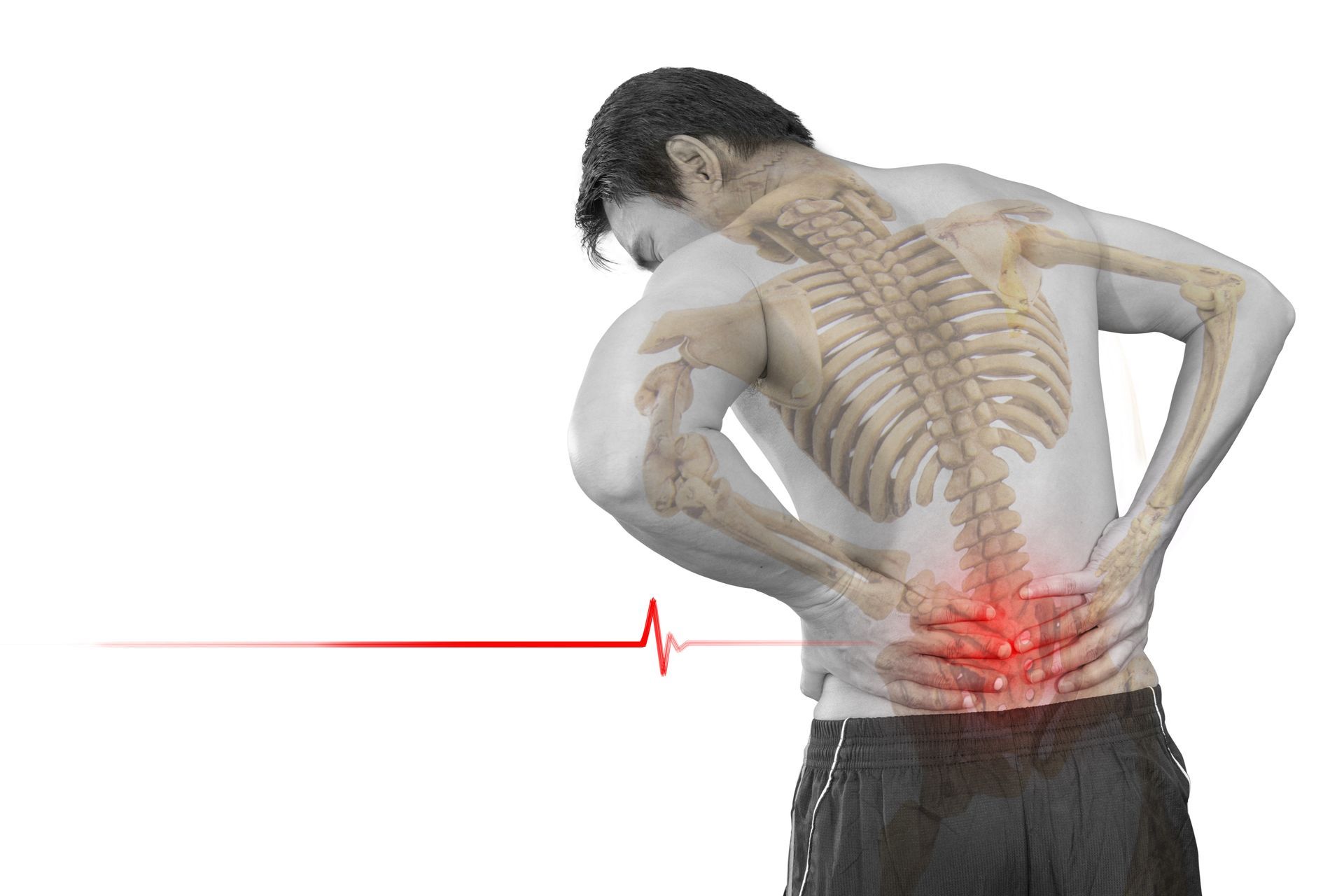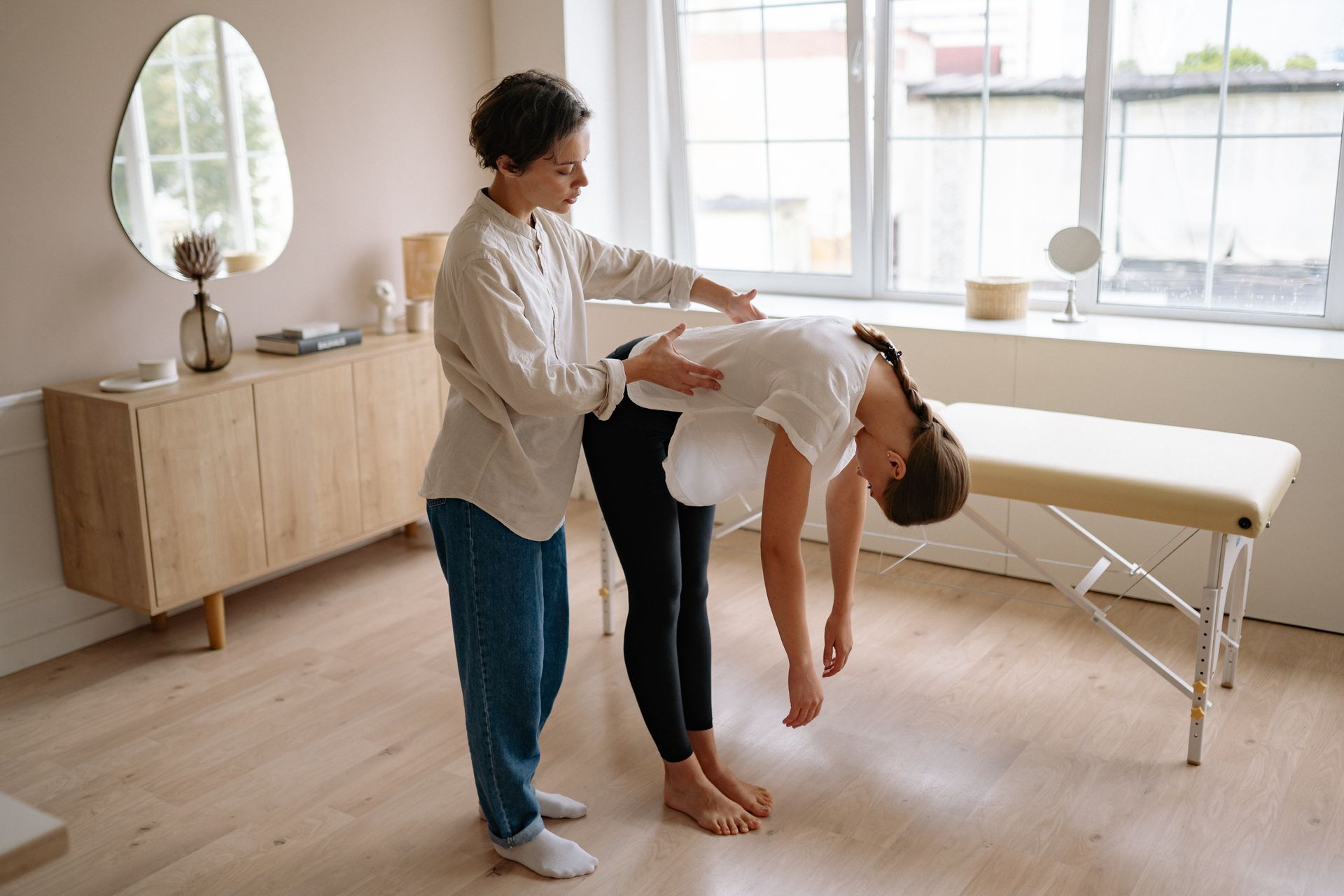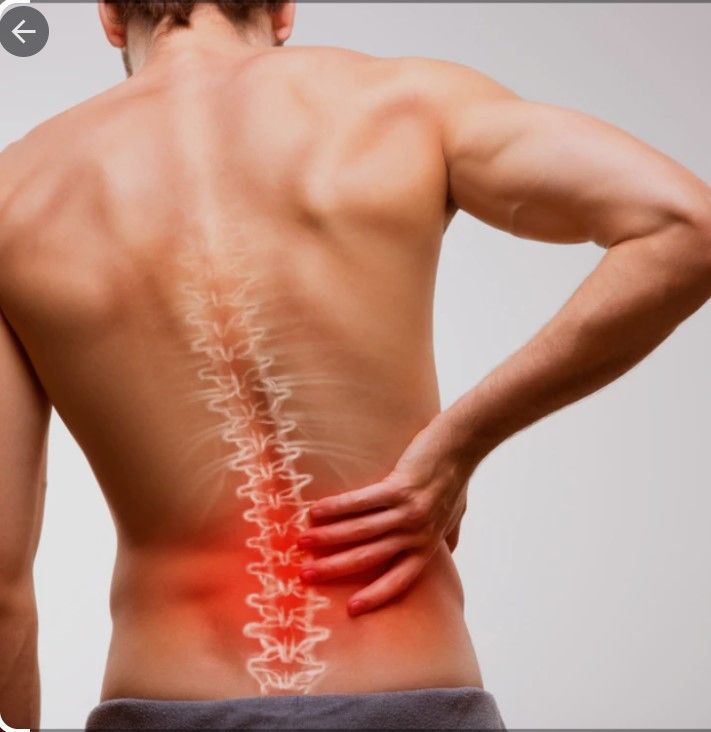Ileopsoas and back pain: everything you need to know to restore your postural balance
The Truth About Iliopsoas and Back Pain: Separating Fact from Fiction

As a massage therapist, rehabilitation specialist, and performance coach, you may have heard about the purported link between the iliopsoas muscle and back pain. It's a common misconception that an inflamed or excessively tight iliopsoas muscle is to blame for chronic lower back pain. But is there any truth to this claim, or is it simply a myth perpetuated by outdated beliefs about musculoskeletal pain?
In this blog, we'll explore the relationship between the iliopsoas muscle and back pain, and dispel some of the common myths surrounding this topic. We'll also provide you with evidence-based recommendations for addressing lower back pain, and improving your clients' overall musculoskeletal health.
Myth #1: The Iliopsoas Muscle Is the Culprit for Lower Back Pain
One of the most persistent myths about back pain is that a single muscle, such as the iliopsoas, is solely responsible for causing chronic pain. However, the scientific literature tells a different story. According to current research, up to 95% of cases of lower back pain cannot be definitively traced to a specific biological culprit, such as a herniated disc or joint degeneration. In fact, chronic pain is often the result of a complex interplay of physical, psychological, and social factors.
This means that while the iliopsoas muscle may play a role in lower back pain, it's unlikely to be the sole cause of this condition. It's essential to approach back pain holistically, taking into account a range of factors that may be contributing to your clients' discomfort.
Myth #2: Treating the Iliopsoas Muscle Will Fix Lower Back Pain
Another common myth about back pain is that targeting a single muscle or tissue will effectively alleviate chronic pain. However, this approach fails to address the multifactorial nature of chronic pain. In fact, studies have shown that targeting a single muscle, such as the iliopsoas, with massage or stretching may provide only short-term relief, if any at all.
Instead, it's important to adopt a comprehensive approach to managing lower back pain, including a combination of physical therapy, exercise, and lifestyle modifications. This may include strengthening the core and gluteal muscles, improving posture, and incorporating stretching and mobility exercises into your clients' daily routine.
Myth #3: A Tight Iliopsoas Muscle Causes Lower Back Pain
Finally, there's a pervasive belief that a tight iliopsoas muscle is the primary cause of lower back pain. While it's true that a short, tight iliopsoas muscle can contribute to postural imbalances and create tension in the lower back, it's not the only factor at play.
Other potential contributors to lower back pain include poor posture, weak core muscles, and sedentary lifestyles. Additionally, psychological factors such as stress, anxiety, and depression can exacerbate pain and make it more difficult to manage.
Conclusion
In conclusion, the relationship between the iliopsoas muscle and lower back pain is complex and multifaceted. While the iliopsoas muscle may play a role in chronic pain, it's unlikely to be the sole culprit. It's important to approach back pain holistically, taking into account a range of physical, psychological, and social factors.
As a massage therapist, rehabilitation specialist, or performance coach, you can help your clients manage their lower back pain by adopting a comprehensive approach that includes physical therapy, exercise, and lifestyle modifications. By strengthening the core and gluteal muscles, improving posture, and incorporating stretching and mobility exercises into your clients' daily routine, you can help them alleviate chronic pain and improve their overall musculoskeletal health.
At the same time, it's important to dispel the myths surrounding back pain and the iliopsoas muscle. Rather than focusing exclusively on one muscle or tissue, you should encourage your clients to adopt a holistic approach that addresses the underlying causes of their pain.
By providing evidence-based recommendations and utilizing your expertise as a massage therapist, rehabilitation specialist, or performance coach, you can help your clients achieve long-term relief from chronic back pain, and improve their quality of life. Remember, the key to success is adopting a multifaceted approach that takes into account the many factors that contribute to chronic pain, and working with your clients to develop a personalized plan of care that meets their unique needs and goals.











